 |
| July 15, 2022 |
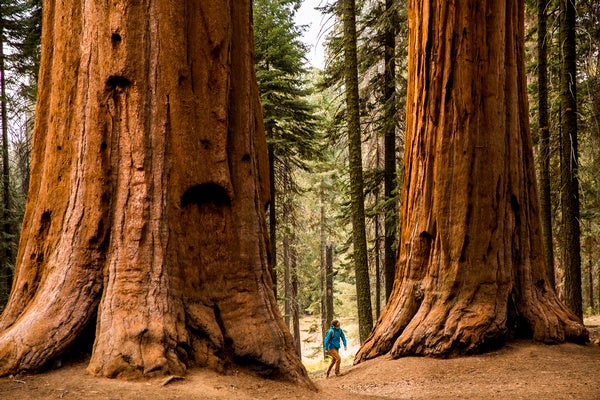 |
| |
| Vaccines 5 Things to Know about Monkeypox From symptoms, vaccines and treatment, here are some fast facts about Monkeypox |  | By Tanya Lewis,Tulika Bose,Michael Tabb | | | |
| |
| |
| |
| |
| |
| |
| |
| |
FROM THE STORE
 | | The Age of Humans Humans have accomplished a great deal in our relatively short history - and have left our mark on Earth in the process. In this eBook, we examine the story of us: how we got here, the world we've built and how we'll need to continue to adapt if we are to manage our impact on the planet and build a better future. *Editor's Note: This Collector's Edition was published as The Age of Humans. The eBook adaptation contains all of the articles, but some of the artwork has been removed to optimize viewing on tablet devices.
|  | | |
FROM THE ARCHIVE
 | | | |
LATEST ISSUES
 |
| |
| Questions? Comments?  | |
| Download the Scientific American App |
| |
| |


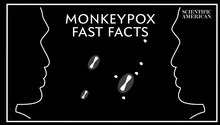

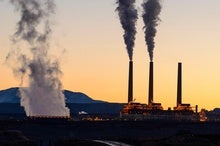
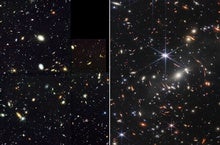
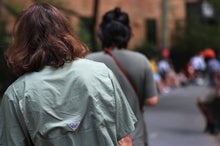

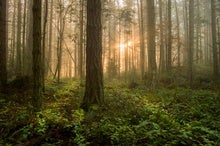

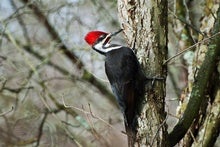
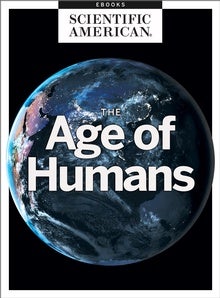

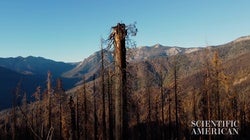


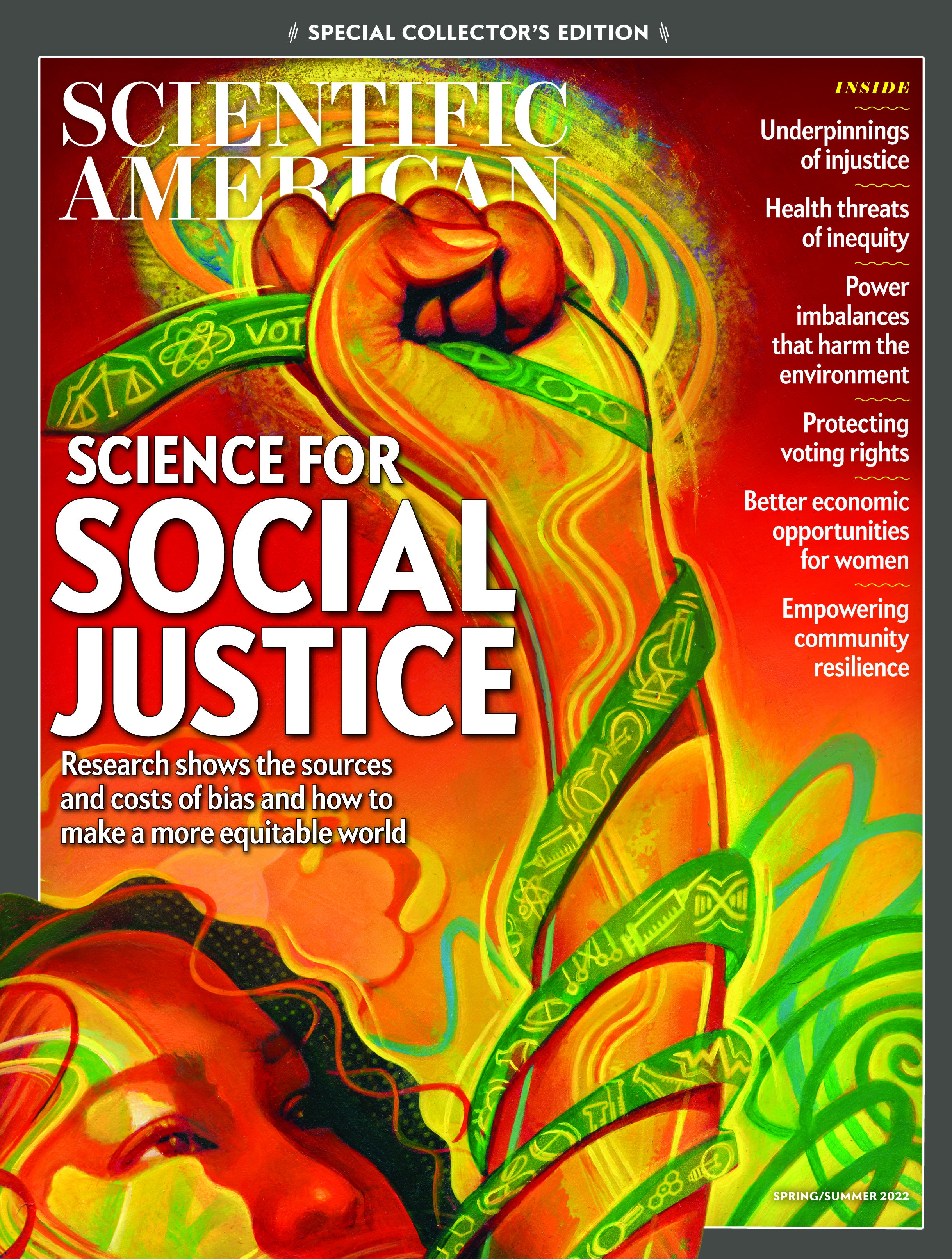
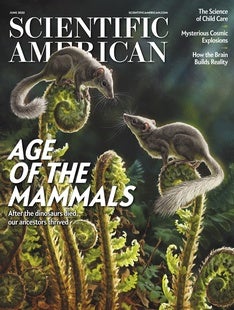




Comments
Post a Comment